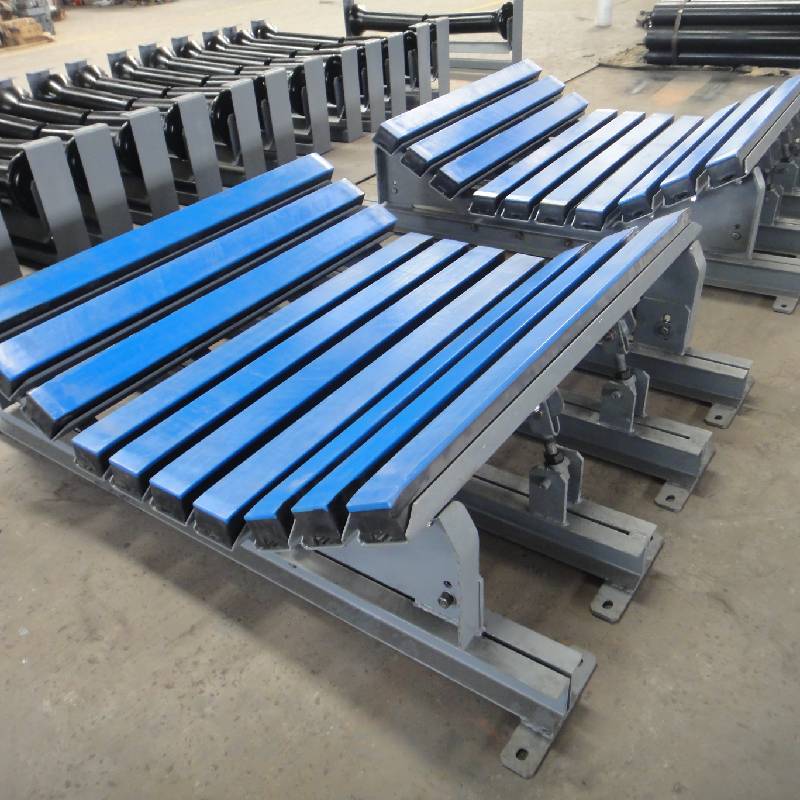 Afrikaans
Afrikaans  Albanian
Albanian  Amharic
Amharic  Arabic
Arabic  Armenian
Armenian  Azerbaijani
Azerbaijani  Basque
Basque  Belarusian
Belarusian  Bengali
Bengali  Bosnian
Bosnian  Bulgarian
Bulgarian  Catalan
Catalan  Cebuano
Cebuano  Corsican
Corsican  Croatian
Croatian  Czech
Czech  Danish
Danish  Dutch
Dutch  English
English  Esperanto
Esperanto  Estonian
Estonian  Finnish
Finnish  French
French  Frisian
Frisian  Galician
Galician  Georgian
Georgian  German
German  Greek
Greek  Gujarati
Gujarati  Haitian Creole
Haitian Creole  hausa
hausa  hawaiian
hawaiian  Hebrew
Hebrew  Hindi
Hindi  Miao
Miao  Hungarian
Hungarian  Icelandic
Icelandic  igbo
igbo  Indonesian
Indonesian  irish
irish  Italian
Italian  Japanese
Japanese  Javanese
Javanese  Kannada
Kannada  kazakh
kazakh  Khmer
Khmer  Rwandese
Rwandese  Korean
Korean  Kurdish
Kurdish  Kyrgyz
Kyrgyz  Lao
Lao  Latin
Latin  Latvian
Latvian  Lithuanian
Lithuanian  Luxembourgish
Luxembourgish  Macedonian
Macedonian  Malgashi
Malgashi  Malay
Malay  Malayalam
Malayalam  Maltese
Maltese  Maori
Maori  Marathi
Marathi  Mongolian
Mongolian  Myanmar
Myanmar  Nepali
Nepali  Norwegian
Norwegian  Norwegian
Norwegian  Occitan
Occitan  Pashto
Pashto  Persian
Persian  Polish
Polish  Portuguese
Portuguese  Punjabi
Punjabi  Romanian
Romanian  Russian
Russian  Samoan
Samoan  Scottish Gaelic
Scottish Gaelic  Serbian
Serbian  Sesotho
Sesotho  Shona
Shona  Sindhi
Sindhi  Sinhala
Sinhala  Slovak
Slovak  Slovenian
Slovenian  Somali
Somali  Spanish
Spanish  Sundanese
Sundanese  Swahili
Swahili  Swedish
Swedish  Tagalog
Tagalog  Tajik
Tajik  Tamil
Tamil  Tatar
Tatar  Telugu
Telugu  Thai
Thai  Turkish
Turkish  Turkmen
Turkmen  Ukrainian
Ukrainian  Urdu
Urdu  Uighur
Uighur  Uzbek
Uzbek  Vietnamese
Vietnamese  Welsh
Welsh  Bantu
Bantu  Yiddish
Yiddish  Yoruba
Yoruba  Zulu
Zulu conveyor belt pulley
Understanding Conveyor Belt Pulleys Their Role and Importance in Material Handling
Conveyor belt pulleys are essential components in the field of material handling and transportation. They play a crucial role in the operation of conveyor systems, facilitating the movement of goods across various industries, including manufacturing, mining, agriculture, and logistics. The efficiency of a conveyor system largely depends on the performance of its pulleys, which can significantly impact productivity and operational costs.
A conveyor belt pulley is a circular device that guides and supports the conveyor belt while enabling it to operate smoothly and efficiently. Typically made from durable materials such as steel, aluminum, or rubber, pulleys come in different types, including drive pulleys, return pulleys, and snub pulleys, each serving a specific function.
Types of Conveyor Belt Pulleys
1. Drive Pulleys These are the primary pulleys that provide the necessary force to move the conveyor belt. Positioned at the head of the conveyor system, drive pulleys are usually connected to a motor, which powers the belt’s movement. Their design is critical, as they need to withstand significant tension and wear over time.
2. Return Pulleys Located at the tail end of the conveyor, return pulleys support the return side of the belt. They help maintain belt tension and alignment, ensuring that the conveyor operates smoothly. Efficient return pulleys can minimize downtime and maintenance costs.
3. Snub Pulleys These pulleys are often used to increase the wrap angle between the conveyor belt and the drive pulley. By doing so, the snub pulley enhances friction and, consequently, the power transfer from the pulley to the belt. This additional contact is crucial for optimal belt performance, especially in applications that involve heavy loads.
conveyor belt pulley

The Importance of Proper Maintenance
Maintaining conveyor belt pulleys is paramount for ensuring their longevity and the overall effectiveness of the conveyor system. Regular inspections can identify wear and tear, misalignment, or corrosion, allowing for timely repairs or replacements. Neglecting maintenance can lead to increased operational costs due to inefficiencies, decreased productivity, and potential safety hazards.
Innovations in Pulley Design
Recent advancements in technology have led to innovative designs and materials for conveyor belt pulleys. Lightweight composites, for instance, can reduce overall system weight while offering greater strength and durability. Additionally, advancements in bearing technology can minimize friction and energy consumption, which is especially beneficial in high-speed applications. Modern computer simulations and modeling are also increasingly used to enhance pulley design, optimizing their performance for specific industrial needs.
Conclusion
In conclusion, conveyor belt pulleys are vital components of material handling systems, influencing both efficiency and safety. Understanding their types and functions is essential for those involved in the design, maintenance, or operation of conveyor systems. By prioritizing proper maintenance and keeping abreast of innovations in pulley technology, industries can enhance their operational capabilities, achieve cost savings, and remain competitive in an ever-evolving market.
-
Revolutionizing Conveyor Reliability with Advanced Rubber Lagging PulleysNewsJul.22,2025
-
Powering Precision and Durability with Expert Manufacturers of Conveyor ComponentsNewsJul.22,2025
-
Optimizing Conveyor Systems with Advanced Conveyor AccessoriesNewsJul.22,2025
-
Maximize Conveyor Efficiency with Quality Conveyor Idler PulleysNewsJul.22,2025
-
Future-Proof Your Conveyor System with High-Performance Polyurethane RollerNewsJul.22,2025
-
Driving Efficiency Forward with Quality Idlers and RollersNewsJul.22,2025





























